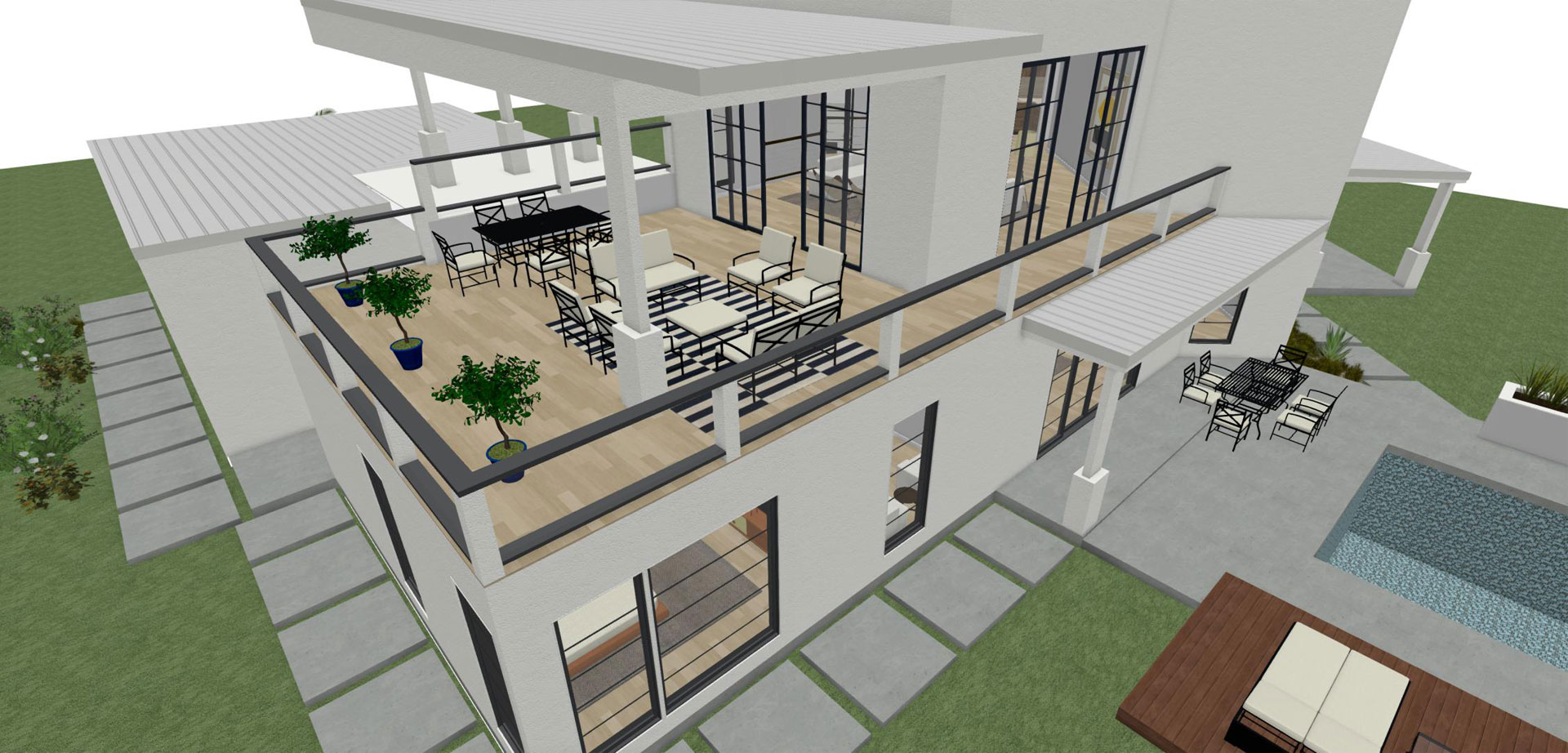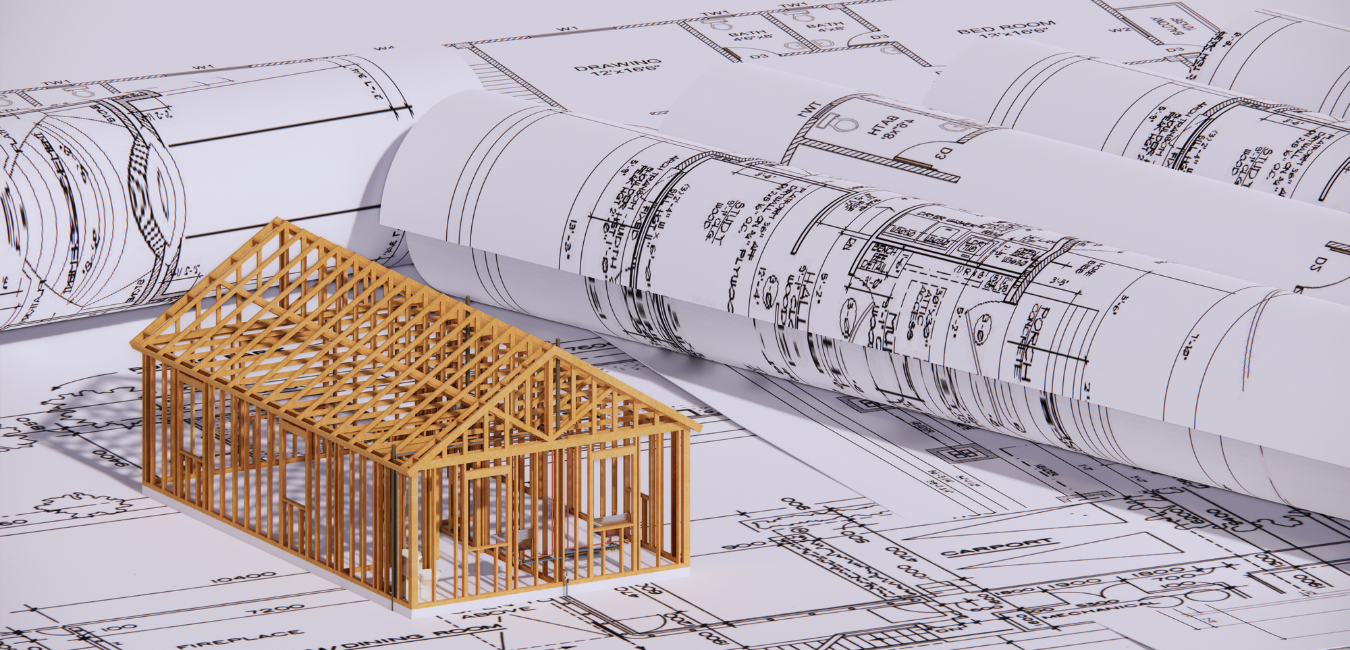How CDA Architects Supply Cutting-Edge Solutions for Sustainable Style
How CDA Architects Supply Cutting-Edge Solutions for Sustainable Style
Blog Article
Recognizing the Collaborative Refine Between Engineers and Engineers in Modern Construction Projects
The joint process in between designers and designers is essential in modern-day building projects, as it balances style intent with engineering feasibility. Checking out these characteristics discloses understandings that can dramatically affect task end results and total sector standards.
The Value of Collaboration
The joint synergy in between engineers and designers is necessary for the effective understanding of any kind of construction task. This collaboration unites distinct know-how and point of views, making it possible for the integration of innovative style with functional design options. By interacting, designers and engineers can make sure that a job not just satisfies aesthetic and useful requirements but additionally adheres to safety, sustainability, and monetary restraints.
Cooperation cultivates a shared vision, helping with the alignment of goals and expectations from the beginning. This positioning is essential in resolving potential challenges and mitigating risks that could occur throughout the task lifecycle. A collaborative technique enables for the effective allocation of resources, maximizing both time and cost.
The importance of collaboration includes the repetitive process of design and building, where comments from designers can inform building decisions, causing even more feasible and lasting styles. On the other hand, designers can influence engineers to assume creatively regarding how to achieve structural integrity without jeopardizing artistic intent. Ultimately, the collaborative partnership between engineers and designers is not simply beneficial; it is essential to the production of high-quality, useful, and innovative constructed atmospheres that satisfy the needs of culture.
Communication Strategies and Tools
Efficient interaction techniques and devices are essential for promoting partnership between engineers and engineers throughout the project lifecycle. Developing clear channels of interaction is vital to ensure that all employee are aligned with project objectives, timelines, and duties. Regular meetings, both in-person and online, give opportunities for stakeholders to go over progression, address issues, and make educated choices.

Furthermore, taking on collective interaction devices, such as Slack or Microsoft Teams, enables immediate messaging, documents sharing, and recurring conversations, promoting a much more dexterous action to arising problems. File management systems also play an essential duty in arranging job paperwork, guaranteeing that all staff member have access to the most up to date information.
Shared Goals and Job Vision
A linked job vision works as the foundation for successful collaboration in between engineers and engineers (cda architects). This common vision not just lines up the initiatives of both parties but likewise establishes a common framework for decision-making throughout the project's lifecycle. By articulating clear goals, stakeholders can successfully browse the complexities of modern-day building and construction tasks, making certain that both visual and functional needs are fulfilled
Developing common goals entails open dialogue and an extensive understanding of each self-control's contributions. Architects typically try this concentrate on style intent, spatial relationships, and customer experience, while designers stress architectural integrity, systems performance, and compliance with policies. When these viewpoints are straightened, the outcome is a natural job that abides by both innovative aspirations and technological feasibility.
Additionally, a well-defined job vision cultivates responsibility amongst staff member, urging each participant to take possession of their function in attaining the preferred end result. Normal check-ins and joint workshops can additionally reinforce this commitment, permitting for changes to be made as the task progresses. Eventually, a shared vision not only boosts teamwork but likewise elevates the quality of the final deliverable, causing successful project conclusion.
The Duty of Modern Technology
Leveraging innovation has ended up being important in enhancing partnership in between designers and engineers. Building Information Modeling (BIM) stands out as an check out here essential innovation, permitting both engineers and designers to create comprehensive 3D designs that encapsulate layout intent and architectural stability.
Moreover, cloud-based platforms make it possible for smooth cooperation, enabling job stakeholders to gain description access to and update task information from anywhere. This cultivates a culture of openness and responsibility, as adjustments can be tracked and reviewed in real-time. Furthermore, mobile applications additional boost communication, providing on-site teams with immediate accessibility to job specs and updates.
Arising innovations such as artificial knowledge and artificial intelligence are likewise beginning to contribute in predictive analysis, assisting teams recognize possible concerns before they develop. Ultimately, the role of modern technology in architecture-engineering cooperation not just improves workflow efficiencies however also boosts development, bring about even more successful project end results. By embracing these technological developments, architects and engineers can make sure an extra cohesive and productive collective procedure throughout the construction lifecycle.
Instance Studies in Effective Partnerships
Numerous study illustrate the profound impact of effective partnerships between designers and engineers on task end results. One significant instance is the partnership on the High Line in New York City, where landscape architects, engineers, and metropolitan organizers interacted to change a deserted railway into a vivid public park. This multidisciplinary technique not only enhanced the visual high quality yet likewise made certain architectural safety and security and ecological sustainability.

The Burj Khalifa in Dubai additionally shows the relevance of collaborative initiatives - cda architects. The assimilation of design and design expertise made it possible for the task team to accomplish unmatched elevations while adhering to safety and security regulations and visual vision
These instances underscore the significance of interaction, depend on, and shared objectives. In today's complicated building environment, such collaborations are vital to navigating challenges and supplying projects that fulfill both practical and visionary objectives.
Final Thought
In verdict, the cooperation between architects and engineers is vital for the success of contemporary building jobs. Reliable communication techniques, a common job vision, and the assimilation of innovative innovations are vital elements that promote this partnership.
Report this page